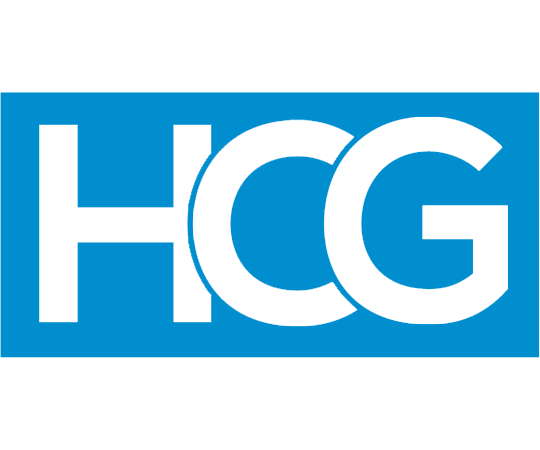
Aug 14 Top Leadership Secrets to Design Dynamic Cooperative Teams
Have you ever been part of a team that just didn’t quite gel? Everyone is in the same boat, but can’t manage to row together in synch, to move the project upstream. Oftentimes that happens after receiving a promotion, moving to a new department, or accepting a position at a different company. Maybe there’s plenty of talent around the table, but the chemistry doesn’t work as it should.
As the leader of teams when I was a senior executive at a Fortune 100, I always understood that it was my responsibility to create a collaborative environment. The whole team, acting as a synergistic unit, had to produce results greater than the sum of its individual parts. Otherwise, I was the one accountable.
Today, when I’m consulting with corporate leaders, I keep hearing them voice their frustration with the lack of teamwork. “We don’t have high performance teams,” they say, “to drive results, foster innovation, and grow our productivity.” Even senior teams sometimes fail to work in tandem, across the different organizational pyramids, with a one-team approach and focus on strong corporate DNA. So here’s some experienced advice I share in my consulting practice about how to pull teams together, despite the challenges you may face.
Secret #1 Make Every Team Member Feel Like a Leader
Each person has a key role to play on the team and is a valuable asset. But they won’t live up to team expectations unless you, as the leader, demonstrate that you trust them to do great work.
In my experience, acknowledgement that someone is important and recognition of their unique contributions is a huge motivator. It boosts a team member’s esteem in a positive way, and also communicates to them that the whole team is counting on them. When an individual feels that way, they are more inspired and energized to contribute their best effort.
Secret #2 Remove the Stifling Obstacle of Fear
If teams live in fear that something they attempt may fall short, and they’ll be criticized for trying, they’ll never push beyond the status quo. They’ll never deliver truly remarkable work.Encourage them to explore what I call the “calculated risk zone.” That means let them take strategic steps beyond the comfort zone in order to invite innovation and dynamic progress.
People should leave your team meetings feeling more organized, focused, and inspired. #teamwork #leadershipcommunication Share on X
I’m amazed how often my senior-level clients tell me that they don’t get honest, candid feedback from their superiors. Don’t think that just because someone is in a top tier that they don’t want new challenges and more professional development. Deny them that and they’ll disengage, become frustrated, and your team results will suffer. Believe in them, invest in them, and stretch them to the outer limits of their potential.
Secret #3 Don’t Get Bogged-Down in Wasteful Process
I heard one of my clients say that she had to reschedule our call because her senior boss had called a fire drill. Later I realized “fire drill” was office slang for another, unproductive meeting. You’ve been in those, where everyone sits around looking at their watches, bored, and wants to get back to the desk and do real work.
Know the purpose of the meeting. Get to the point. Give people a chance to share their ideas, and be an active listener. People should leave your team meetings feeling more organized, focused, and inspired.
The Bottom Line
Practice these three secrets and you’ll see measurably improved results. Leaders who experience difficulty in any of these areas shouldn’t be discouraged, though. These are learned skills and behaviors.
I’ve observed, consulted, and coached many C-Suite executives who benefited immensely by further developing their leadership communication and team designing skills. When you invest in your own capability it always pays big dividends in terms of more cohesive, productive teamwork.
Sarah’s Accelerator Insights
Check in with yourself, as I regularly do. See if you are really doing everything to ensure positive corporate DNA and a high-performance, team-oriented culture. Ask these 3 questions.
1) Are you trusting your people and asking for their insights on strategic challenges your team confronts?
2) Do you give candid, honest feedback to everyone on your team, and offer them continuous developmental opportunities?
3) Do you know how to lead meetings that are concise, productive, and energize the team?
I’d love to hear your comments on what you think you or other leaders around you might do differently and better to accelerate organizational results.
Sign-Up for My Newsletter
Enjoy articles like this one bi-monthly, by signing up for my exclusive but free Corporate DNA newsletter. Twice a month I share key insights, innovative tips, and proven strategies. Topics include leadership mindset, personal branding, executive presence, predictable promotion™, persuasive communications, and how to expand your influence as a leader.






No Comments